Ground beetles are the unsung heroes of our gardens, forests, and fields. While many of us might recoil at the sight of these small, often dark-colored insects scurrying across our paths, these remarkable creatures play a vital role in maintaining ecological balance. As members of the Carabidae family, one of the largest beetle families with over 40,000 species worldwide, ground beetles form an essential part of nature’s clean-up crew. They patrol the soil surface and leaf litter, managing pest populations and recycling organic matter. Let’s explore the fascinating world of these beneficial insects that work tirelessly beneath our feet.
The Diverse Carabidae Family
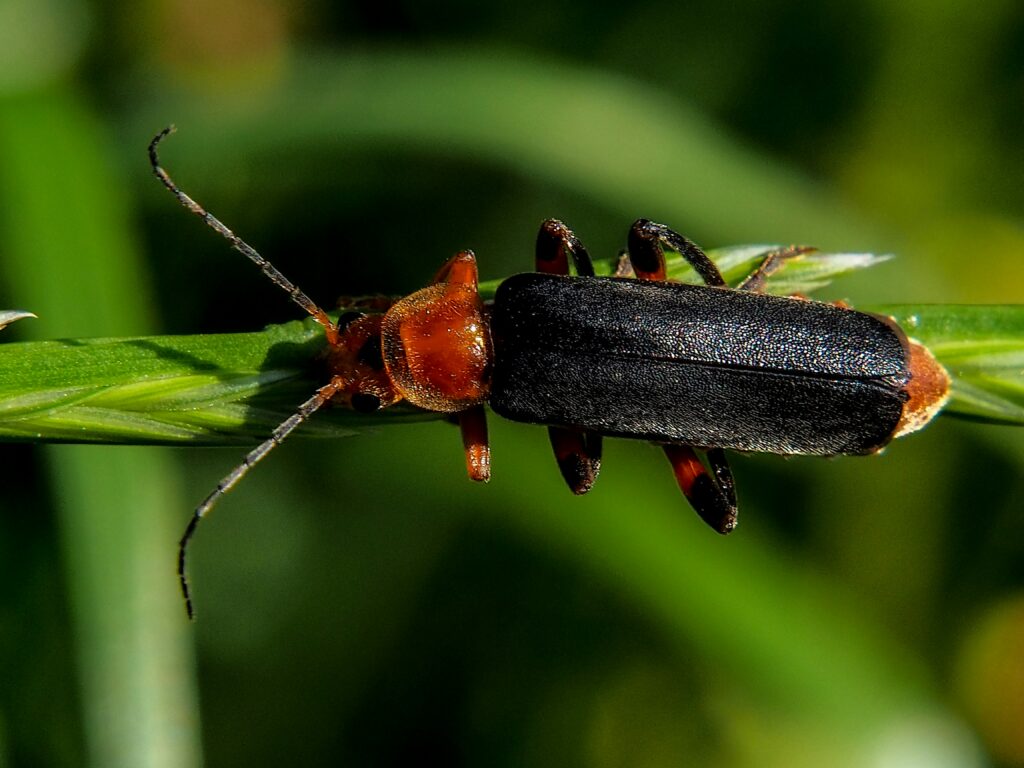
Ground beetles belong to the Carabidae family, an incredibly diverse group found on every continent except Antarctica. Their evolutionary success has led to astonishing diversity, with species ranging from 2mm to over 35mm in length. Most ground beetles share a characteristic body shape with long legs, prominent mandibles, and grooved wing covers (elytra), though their appearances vary dramatically across species. From the metallic green of tiger beetles to the jet-black coloration of many forest-dwelling species, their diversity in size, shape, and color reflects their adaptation to countless ecological niches. This remarkable diversity makes Carabidae one of the most successful insect families on Earth, with new species still being discovered regularly.
Natural Pest Controllers
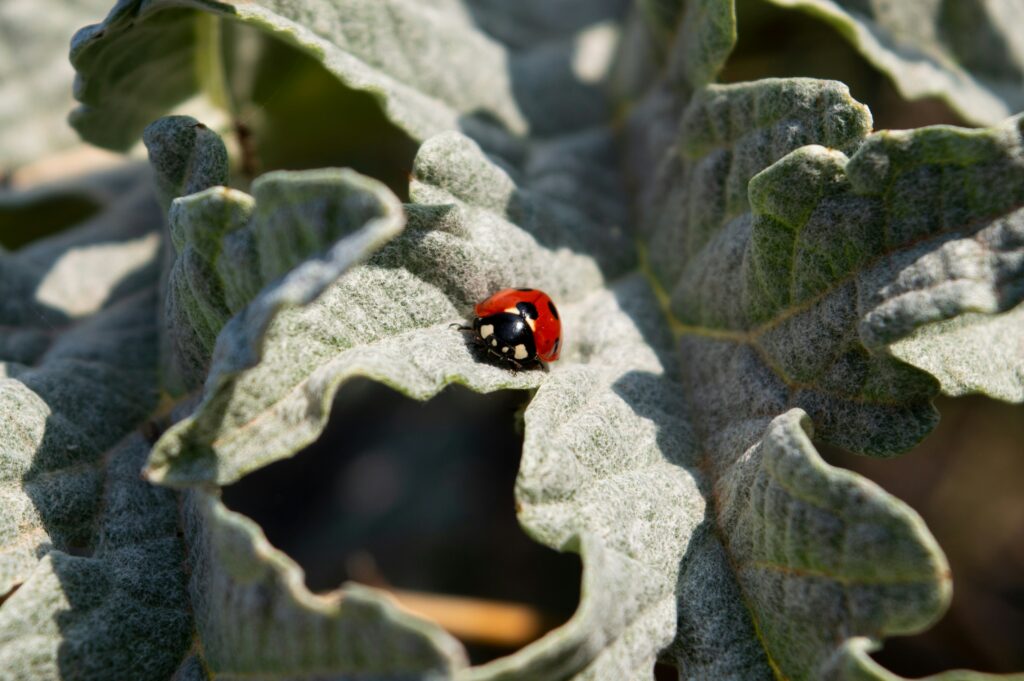
Ground beetles are voracious predators that serve as natural pest controllers in both wild habitats and agricultural settings. Many species consume their body weight in prey daily, targeting slugs, snails, caterpillars, aphids, and even weed seeds. Their hunting prowess has earned them recognition in integrated pest management programs, where they help reduce the need for chemical pesticides. Research has shown that a healthy population of ground beetles can significantly reduce crop damage from common pests like cutworms and Colorado potato beetles. Unlike many predatory insects that specialize in specific prey, ground beetles are generalists, making them valuable year-round controllers of diverse pest species. Their presence in garden and agricultural settings represents one of nature’s most effective and sustainable pest management systems.
Nocturnal Hunters with Advanced Adaptations
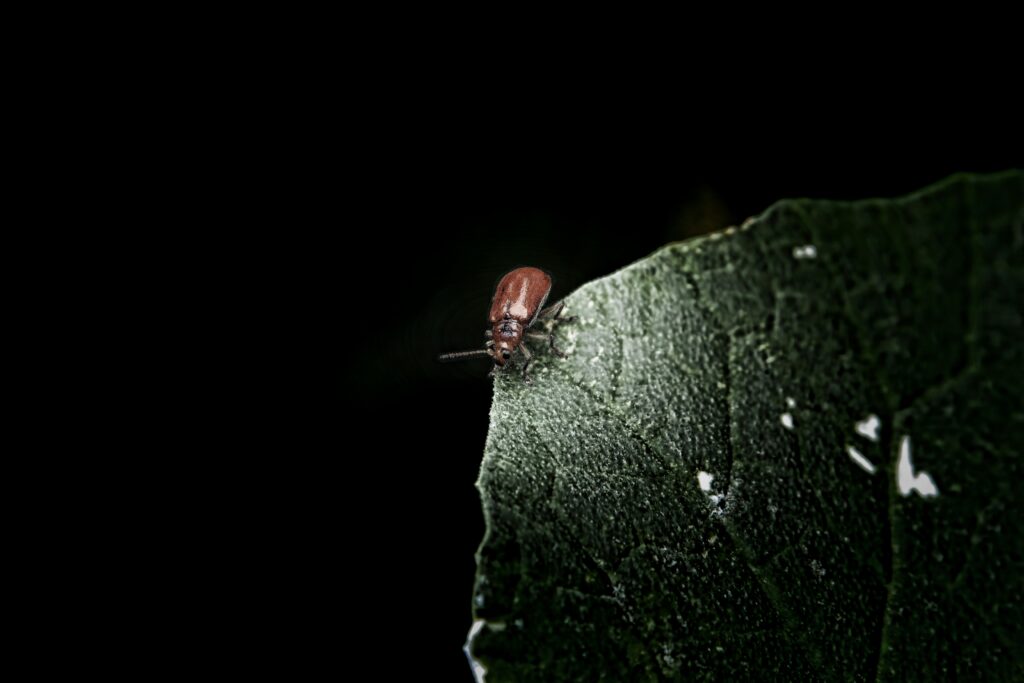
Most ground beetles are nocturnal hunters, emerging after dark to patrol the soil surface in search of prey. This nighttime activity helps them avoid predators and reduces competition with daytime hunters. To navigate in low light conditions, they’ve developed remarkable sensory adaptations, including sensitive antennae that detect chemical cues and vibrations from potential prey. Many species have specialized mouthparts designed specifically for their preferred food sources, from the crushing mandibles of seed-eaters to the sharp, curved jaws of predatory species. Some ground beetles even produce defensive chemicals to deter predators, with bombardier beetles famously able to expel hot, caustic sprays through a controlled chemical reaction. These nocturnal specialists have evolved remarkable adaptations that make them efficient hunters in the darkness.
Life Cycle and Reproduction
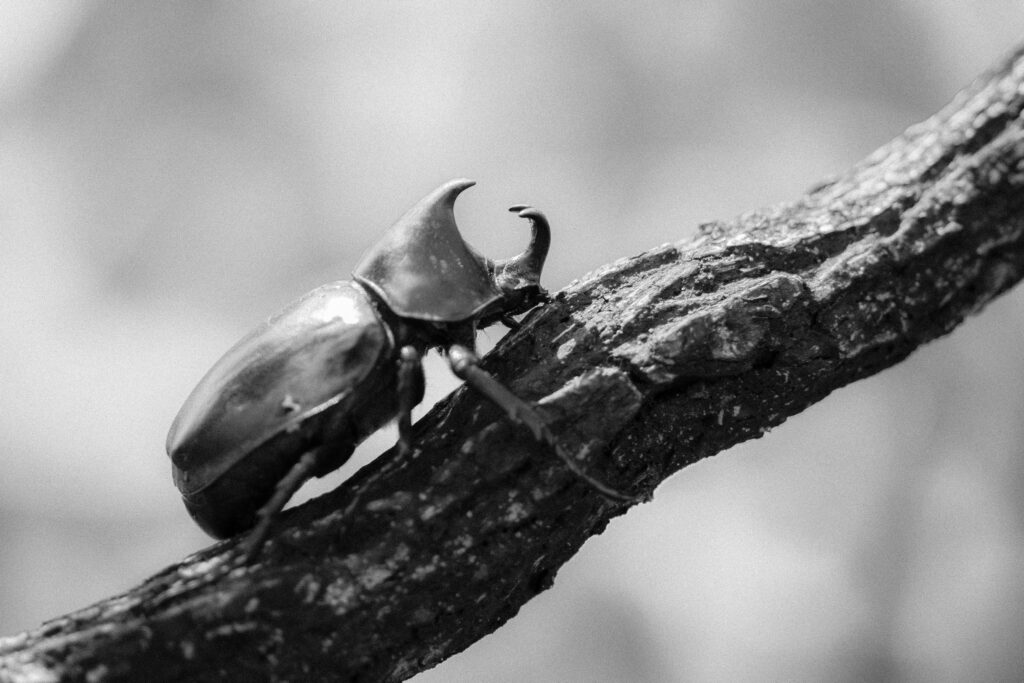
The life cycle of ground beetles follows complete metamorphosis with four distinct stages: egg, larva, pupa, and adult. Female beetles typically lay eggs in soil, under rocks, or in decaying plant matter, selecting protected locations that offer food sources for their developing offspring. The larval stage is when many ground beetles are most voracious, with some species consuming even more prey than adults. Unlike their parents, ground beetle larvae often have elongated bodies with powerful mandibles and are equally predatory. After several molts, the larva forms a pupal chamber in the soil where transformation into an adult occurs. While some species complete their lifecycle within months, others may live for multiple years as adults, with females producing several generations of offspring during their lifetime.
Habitat Preferences and Soil Health
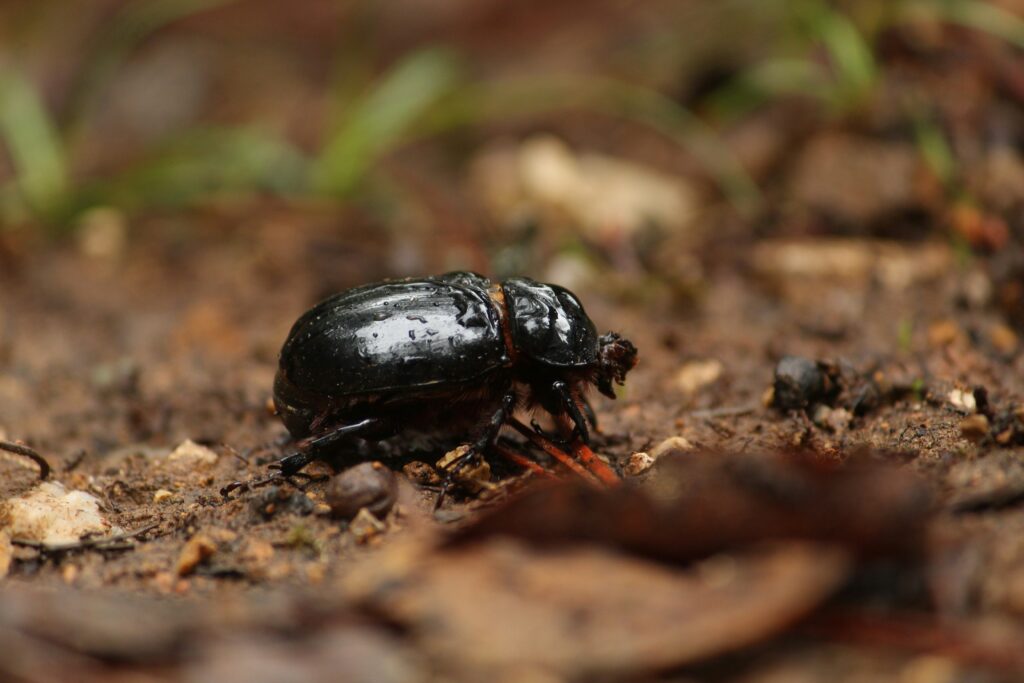
Ground beetles can be found in nearly every terrestrial habitat, though they particularly thrive in areas with abundant leaf litter, fallen logs, and undisturbed soil. These microhabitats provide shelter, hunting grounds, and protection from larger predators and environmental extremes. Their presence is an excellent bioindicator of soil health and ecosystem integrity, with species diversity often declining in degraded or polluted environments. By burrowing through soil and consuming organic matter, ground beetles contribute to soil aeration and nutrient cycling. Research has demonstrated that landscapes with diverse ground beetle populations typically have healthier soils with improved drainage, better nutrient availability, and greater microbial activity. Many conservation efforts now include monitoring ground beetle populations as a way to assess habitat quality and restoration success.
Specialized Hunting Techniques
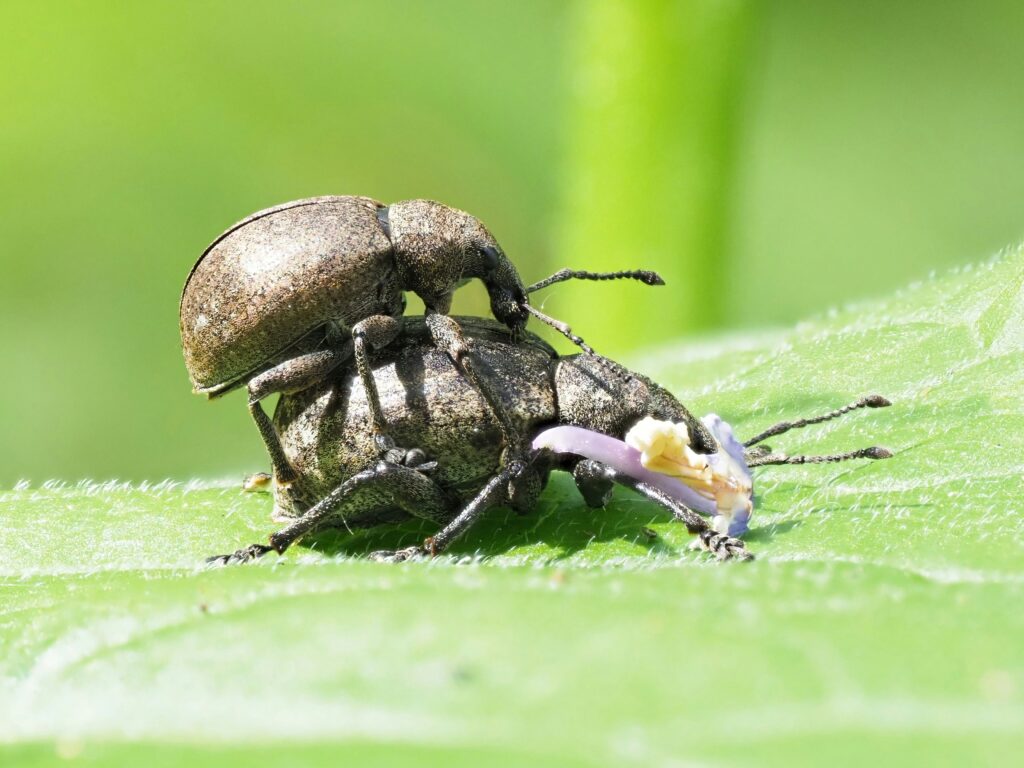
Ground beetles have evolved diverse hunting strategies tailored to their preferred prey and habitats. Some species are “sit-and-wait” predators that ambush passing prey, while others actively patrol their territory in search of food. Tiger beetles, a particularly speedy subfamily of Carabidae, can run so fast they temporarily lose visual orientation and must pause to relocate their prey. Specialized sensory organs on their antennae and palps help ground beetles detect chemical signatures from both prey and predators, allowing them to efficiently locate food while avoiding danger. Some ground beetles have even developed specialized jaws and digestive enzymes that allow them to feed on difficult prey like snails, extracting the soft body from its protective shell. These varied hunting techniques enable different ground beetle species to occupy specialized ecological niches without directly competing with each other.
Communication and Social Behavior
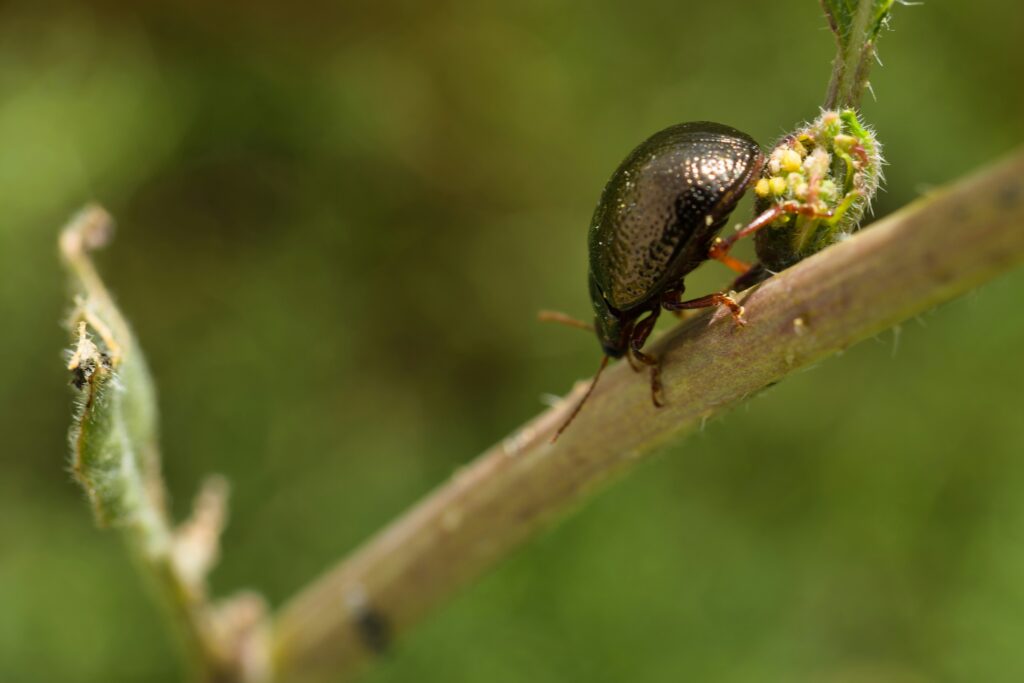
Though generally solitary, ground beetles employ sophisticated communication systems using chemical signals called pheromones. These chemical messages serve multiple purposes, from marking territories to finding mates during breeding seasons. During mating, males of many species perform complex courtship rituals, sometimes offering nuptial gifts of food to potential mates. Some ground beetles also use stridulation (sound production by rubbing body parts together) to communicate, particularly when disturbed or threatened. While not social insects like ants or bees, ground beetles will sometimes aggregate in favorable microhabitats, creating loose communities in areas with abundant resources. These temporary aggregations can be especially common during seasonal changes or harsh weather conditions when beetles seek shelter in protected locations.
Defense Mechanisms Against Predators
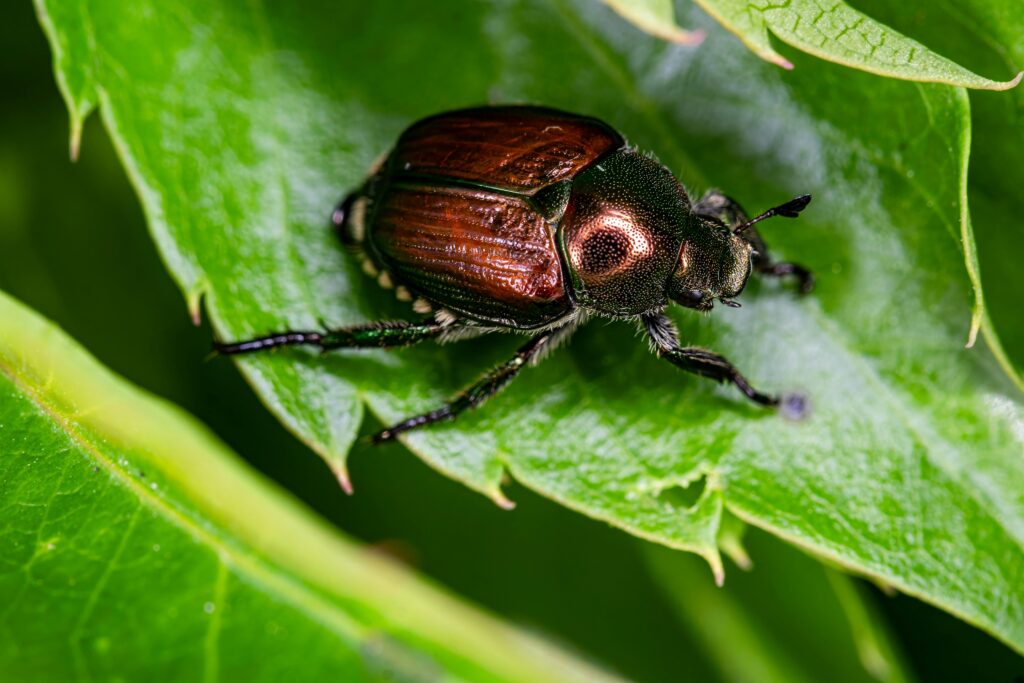
Ground beetles have evolved remarkable defense mechanisms to protect themselves from predators like birds, small mammals, and larger insects. Many species produce bitter or toxic chemicals that make them unpalatable, often accompanied by warning coloration that predators learn to avoid. The bombardier beetle represents one of the most spectacular defensive specialists, mixing chemicals in a specialized abdominal chamber to create a hot, explosive spray that can reach temperatures of nearly 100°C. Other ground beetles rely on physical defenses like hardened exoskeletons or spines that make them difficult to consume. When threatened, many species will first attempt to flee or hide, but if cornered, they may play dead (thanatosis) or adopt threatening postures with mandibles spread wide. These layered defense strategies have contributed to the evolutionary success of ground beetles across diverse habitats.
Relationship with Human Agriculture

Farmers and gardeners increasingly recognize ground beetles as valuable allies in sustainable agriculture. Studies have shown that fields and gardens with healthy ground beetle populations require fewer pesticides due to natural pest suppression. Agricultural practices like no-till farming, cover cropping, and reduced chemical use help maintain healthy ground beetle communities that provide ecosystem services valued at millions of dollars annually. In integrated pest management programs, some farmers create beetle banks – raised strips planted with bunch grasses – to provide overwintering habitat for these beneficial insects. Research has demonstrated that fields adjacent to beetle banks experience significantly reduced pest pressure compared to those without such habitat provisions. As agriculture faces increasing pressure to reduce chemical inputs, ground beetles offer a promising component of more sustainable food production systems.
Threats to Ground Beetle Populations

Despite their ecological importance, ground beetle populations face numerous threats in the modern world. Habitat loss from urbanization and intensive agriculture removes the complex ground cover these insects need to thrive. Pesticide use, particularly broad-spectrum insecticides, can devastate ground beetle populations even when targeting other pests. Climate change poses another serious challenge, altering seasonal patterns and potentially disrupting the synchronization between beetle life cycles and prey availability. Light pollution in urban and suburban areas can disorient nocturnal species and make them more vulnerable to predators. Conservation efforts for ground beetles focus on habitat preservation, creating connected corridors of suitable habitat, and promoting agricultural practices that minimize harm to these beneficial insects.
Fascinating Adaptations for Extreme Environments
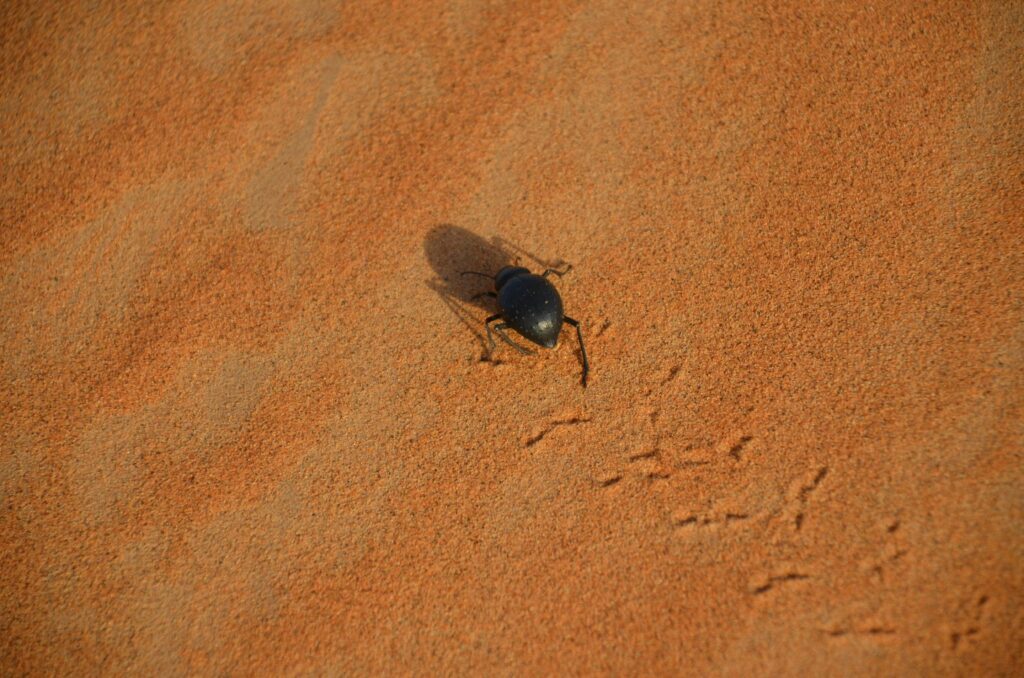
Ground beetles have conquered some of Earth’s most challenging environments through remarkable adaptations. Species living in desert regions often have specialized water conservation mechanisms and may be active only during brief periods when conditions are favorable. High-altitude specialists have developed antifreeze compounds in their bodies that prevent ice crystal formation in sub-zero temperatures. Some ground beetles have even adapted to live in caves, losing pigmentation and eyes while developing enhanced sensory structures to navigate in permanent darkness. Coastal species have evolved to survive periodic inundation in salt marshes by entering a dormant state during high tides. These extreme adaptations demonstrate the evolutionary versatility of the Carabidae family and explain their success in colonizing virtually every terrestrial habitat on the planet.
Observing and Attracting Ground Beetles
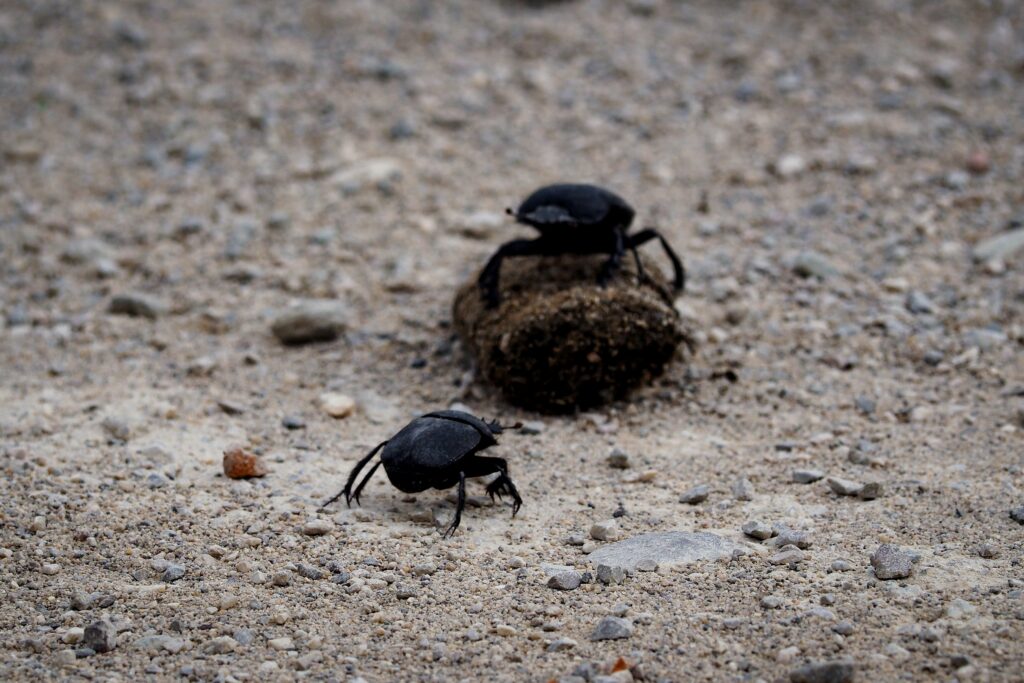
For gardeners and nature enthusiasts interested in encouraging these beneficial insects, creating ground beetle-friendly habitat is relatively simple. Maintaining areas of undisturbed leaf litter, fallen logs, and rock piles provides crucial shelter for these shy creatures. Avoiding chemical pesticides is essential, as even those targeting other pests can harm ground beetles. Night observation with a red-filtered flashlight offers the best opportunity to witness these nocturnal hunters in action without disturbing them. Citizen science projects focusing on ground beetles provide valuable data for researchers while connecting people with these often-overlooked insects. Creating a diverse garden with native plants, ground cover, and minimal soil disturbance will naturally attract these beneficial predators and allow you to enjoy their pest-control services.
Conclusion
The secret world of ground beetles reveals nature’s elegant approach to ecosystem maintenance. These remarkable insects have been patrolling the earth for over 200 million years, evolving into specialized predators that help maintain ecological balance. From forests to fields and gardens to urban parks, ground beetles continue their tireless work as nature’s clean-up crew, controlling pest populations and contributing to soil health. As we face growing environmental challenges, these unsung heroes deserve not only our attention but our protection. By creating habitats that support ground beetles and reducing practices that harm them, we can partner with these ancient insects to build healthier, more resilient ecosystems for the future.

